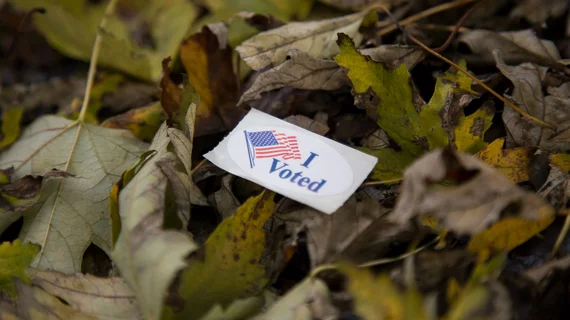Physicians who lived in three of the most populous states and were eligible to vote from 2006 to 2018 did so at a rate 14 percentage points lower than the population as a whole.
Half these doctors weren’t even registered to vote despite their ranking among society’s wealthier and better-educated members—a subpopulation whose overall registration rates are unfailingly high.
And yet, after adjusting for characteristics of physicians that are associated with turnout, registered physicians had “narrower but still significantly higher turnout than the general population.”
The findings are from researchers at the University of Texas Southwestern Medical Center. Hussain Lalani, MD, MPH, and colleagues analyzed data on more than 112,000 physicians registered to vote in 2018 across California, New York and Texas during the study period.
The team’s research report is running in JAMA Internal Medicine.
Other interesting observations from the analysis:
- Of the 112,000-plus registered to vote in 2018, 66% were male, 46% were white, 9% were Hispanic and 3% were African-American.
- Baby boomers accounted for 40% of the study cohort, followed by generation X at 36%.
- Primary care was the largest specialty, comprising 44% of the mix.
Commenting on the difference that emerged between adjusted and unadjusted turnout counts, Lalani et al. write that the puzzling pattern of physician voter engagement is of uncertain cause.
“[L]ow participation may be because of the fear of seeming political while practicing medicine, in addition to other administrative and psychological barriers,” the authors write. “It is unclear if unregistered physicians would have comparable voter turnout if they were to become registered.”
They note the similarity to findings from a previous study in the same vein looking at physician voting patterns from 1996 to 2002. In that window, doctors voted around nine percentage points less than the general population.
The authors don’t specify breakdowns between local, state and national elections.
The study, published as a short research letter, is available in full for free.

